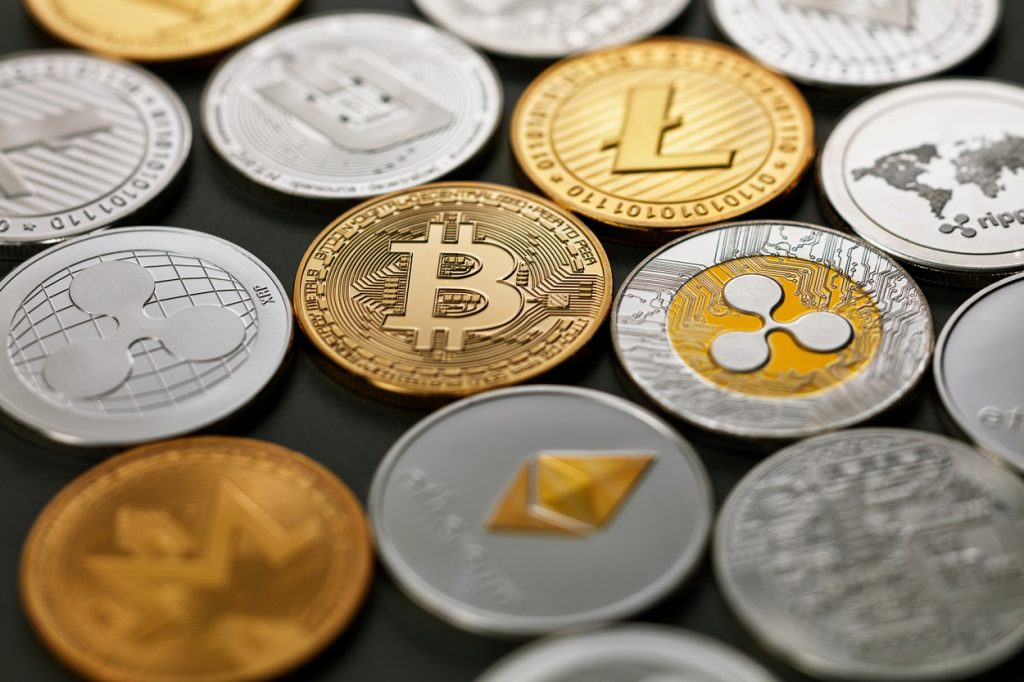Cryptocurrency, for all its complexity, often feels like a world that’s still figuring itself out. The basics are simple enough: it’s digital money, decentralized, and built on a blockchain. But then the more you learn, the more you realise how much more there is.
Terms like “coin,” “token,” and “blockchain” pop up with regularity, and they’re often thrown around without much explanation. The confusion only deepens when people start using these terms as though they’re interchangeable. They’re not.
The difference between a cryptocurrency coin and a token isn’t just about semantics—it’s about function. A coin is the lifeblood of a blockchain, while a token exists within an ecosystem built on someone else’s blockchain. To grasp this distinction is to understand how these digital assets work, how they interact with the platforms they live on, and ultimately, how they might fit into your crypto portfolio. To put it simply: one is the builder; the other, the tenant.
Coins: The Powerhouses of the Blockchain
A cryptocurrency coin is not just virtual currency; it’s the backbone of the blockchain it resides in. Bitcoin, for example, is not just a unit of currency; it’s the native currency of the Bitcoin blockchain. This network is dependent on Bitcoin to operate. Miners use the coin to authenticate transactions, and they are inscribed onto the blockchain in a decentralized manner. It’s a self-sustaining system, with Bitcoin serving as the driving force behind the whole process.
Ethereum is like that, but with a difference. Bitcoin is a virtual currency to supplant real money, while Ethereum is more of a decentralized application platform (dApps). The currency, Ether, is used to power the Ethereum network and the smart contracts, which are automated contracts in which the terms are programmed directly into a computer program. Coins like Bitcoin and Ether are the giants. They defend their blockchains and maintain them in line, and they do not rely on another person’s platform for survival.
Tokens: An Offspring of a Blockchain
Tokens don’t have blockchains of their own. They ride on the infrastructure of existing blockchains, benefiting from the security, consensus, and verification of the host networks. A token is similar to a house guest. It can be used for a specific reason but doesn’t own the house. Tokens exist on the Ethereum blockchain, for instance, and reap its security and decentralization. As an example, USDC, a dollar-pegged stablecoin, is an ERC-20 token on the Ethereum blockchain. While the value of USDC is supposed to be stable, its functionality depends on the Ethereum blockchain continuing to exist.
There’s a key distinction. The largest distinction between a coin and a token isn’t on which networks they are; it’s what they do. A coin is a naturally emitted token of a blockchain, like Ethereum’s Ether or Bitcoin’s BTC. Tokens, on the other hand, can be anything from voting rights for a project, to in-game digital assets, to governance tokens for DeFi protocols. They’re convenient, but they lack the gravitas of their own blockchain.
The Real-World Impact of the Difference
Why does this matter? In the crypto universe, it’s not merely academic. The underlying infrastructure a coin possesses makes it fundamentally more robust and secure. If the Ethereum network collapsed, a coin like Ether would likely be affected—but not necessarily rendered useless. A token, on the other hand, could become unusable. It depends on the Ethereum blockchain to provide it with value and utility.
From an investment point of view, the distinction between a coin and a token is vital. Coins tend to be long-term investments because they are integral to the operation of their blockchains. Tokens are tied to the success or failure of a specific project. When the project underlying a token fails, the token also fails. Coins have more endurance—tokens, particularly those in newer or unproven projects, are more unpredictable.
The Evolution of Coins and Tokens
The crypto ecosystem is evolving. It is no longer coins and tokens. There are emerging projects with hybrid models, and the lines between the two are blurring. Some coins are adding token-like features, and some tokens are leaving the parent’s shadow and transitioning towards becoming independent coins. Ethereum, for example, has seen the rise of projects seeking to scale its blockchain and improve its functionality. Some of these projects are even going as far as developing their own blockchains, with tokens in them assuming new functions.
The rise of DeFi projects and increased use of NFTs (non-fungible tokens) are also fueling this shift. As things become more sophisticated, there could even be hybrid models in which tokens would have greater say in governance or even as coins themselves. But at least for the time being, the simple distinction between a coin and a token is a useful one. Whether trading them, investing, or otherwise making use of them, being able to recognize that it’s a coin or a token can help you navigate the crypto landscape.
